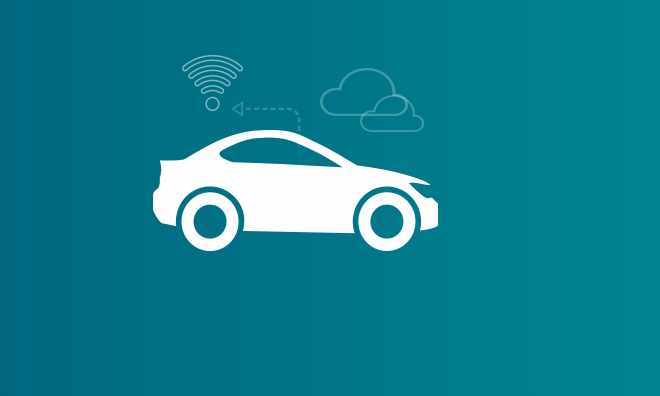Qualcomm Incorporated (NASDAQ: QCOM) and Lear Corporation (NYSE: LEA), a leading global supplier of automotive seating and electrical systems, today announced that they have entered into a Wireless Electric Vehicle Charging (WEVC) license agreement. Lear will be including Qualcomm Halo™ WEVC technology in its product portfolio to commercialize WEVC systems for Plug-In Hybrid (PHEV) and Electric Vehicles (EV) manufacturers, as well as wireless charging infrastructure companies. Under the terms of the agreement, Qualcomm has granted Lear a royalty bearing license to develop, make and supply WEVC systems based on Qualcomm Halo technology. Qualcomm Technologies, Inc. will provide technical expertise and engineering support.
Qualcomm and Lear are collaborating on multiple WEVC production programs across multiple car companies. “Lear is a leading, global, tier-one supplier of high power charging systems and related electronic components to the automotive industry. It is ideally positioned to develop a broad portfolio of WEVC systems, including multi-coil, solenoid and circular systems that meet customer requirements”, said Steve Pazol, vice president and general manager, Wireless Charging, Qualcomm Incorporated. “We are excited to be working closely with Lear as they commercialize Qualcomm Halo technology to bring WEVC charging into production.”
“As a supplier to every major automaker in the world and with our global Centers of Excellence dedicated to research and development, we are very pleased to be working with a company of Qualcomm’s stature and record of innovation,” said Frank Orsini, senior vice president and president, Lear Electrical. “With our success in EV and hybrid high power systems and proven program management capabilities we see wireless charging as a new opportunity to serve our customers in further developing their strategies for EVs in existing and new vehicle segments.”
Qualcomm is providing Lear with a comprehensive technology transfer package, aimed to enhance their ability to develop commercially and technically viable WEVC systems and to support the future design of improved WEVC systems.



















